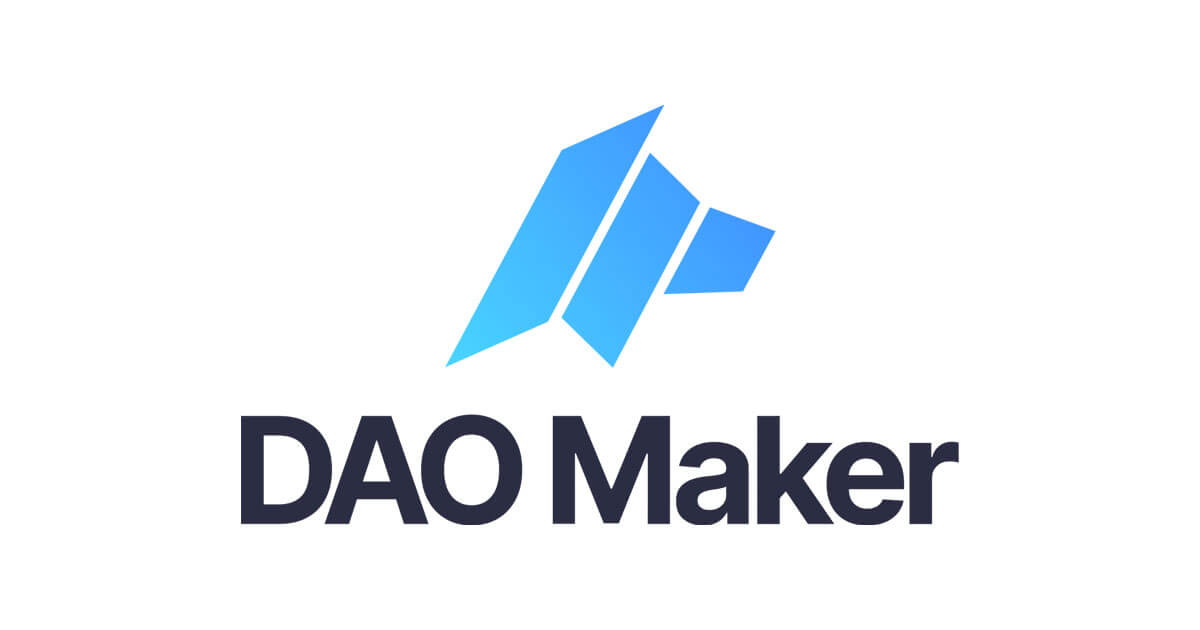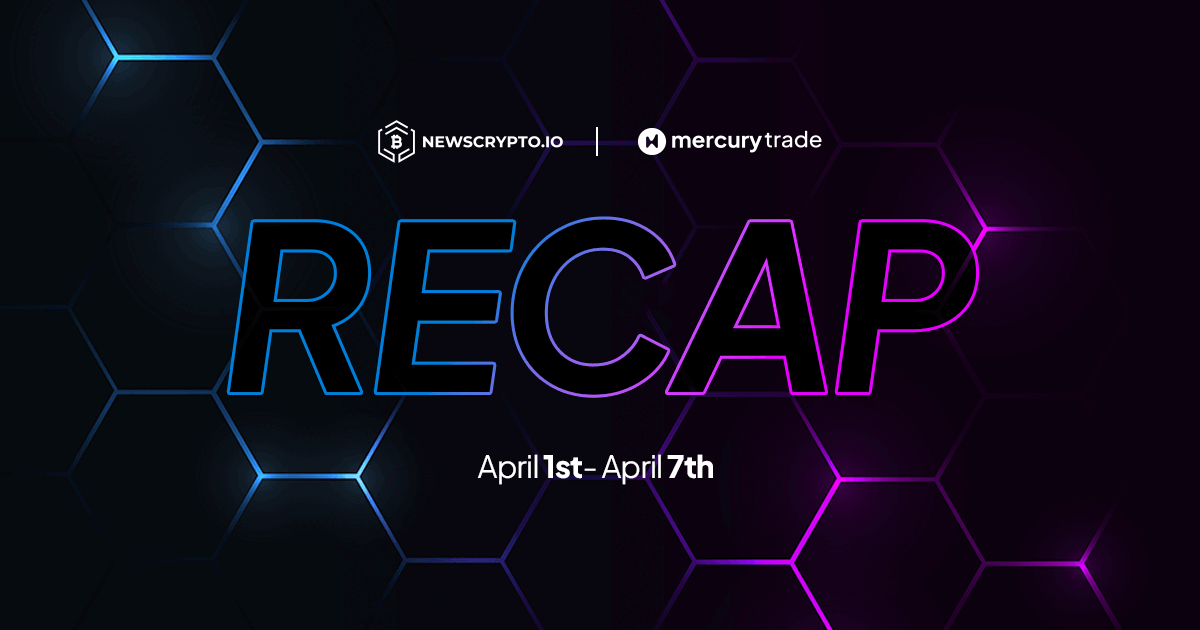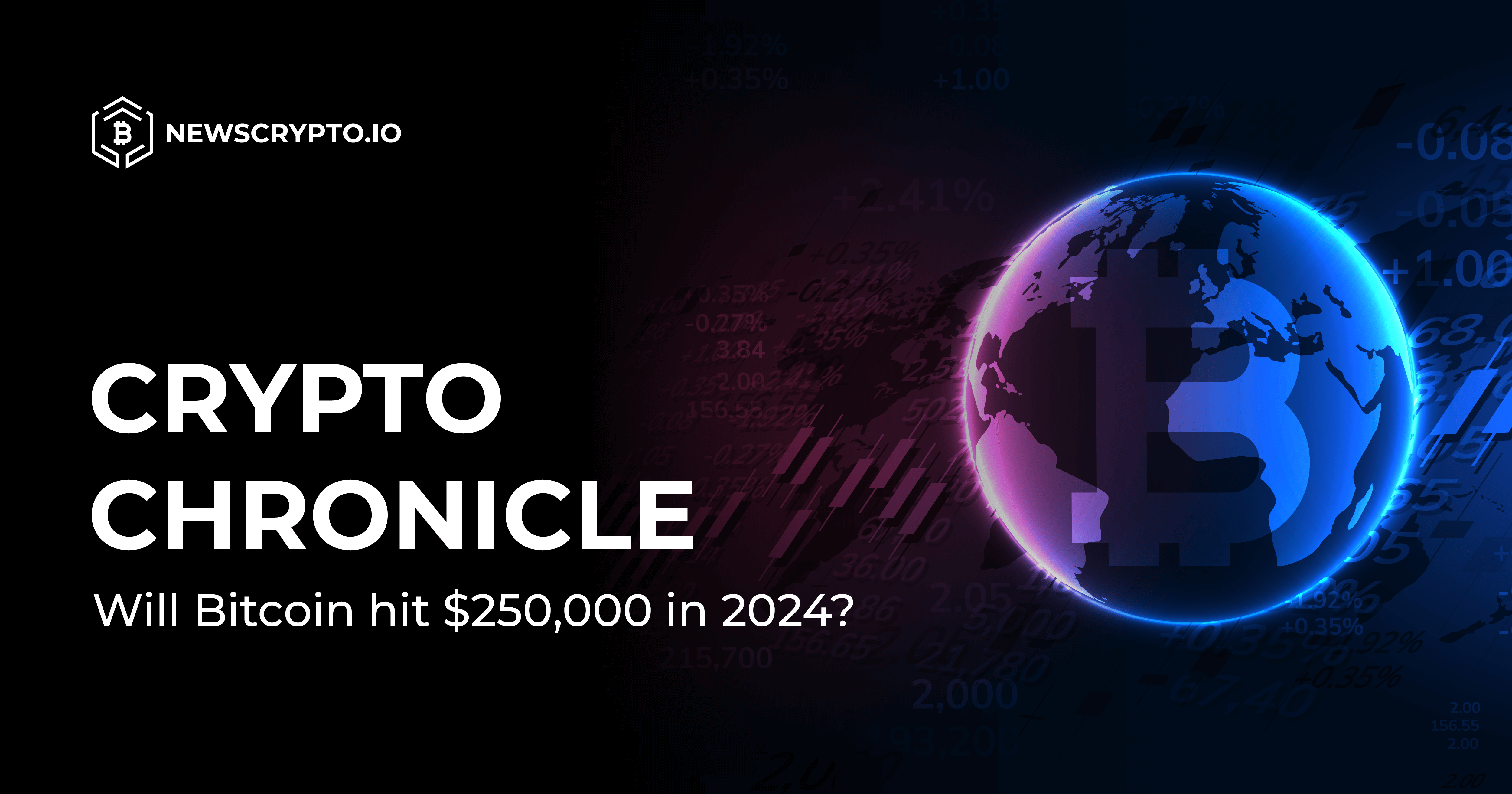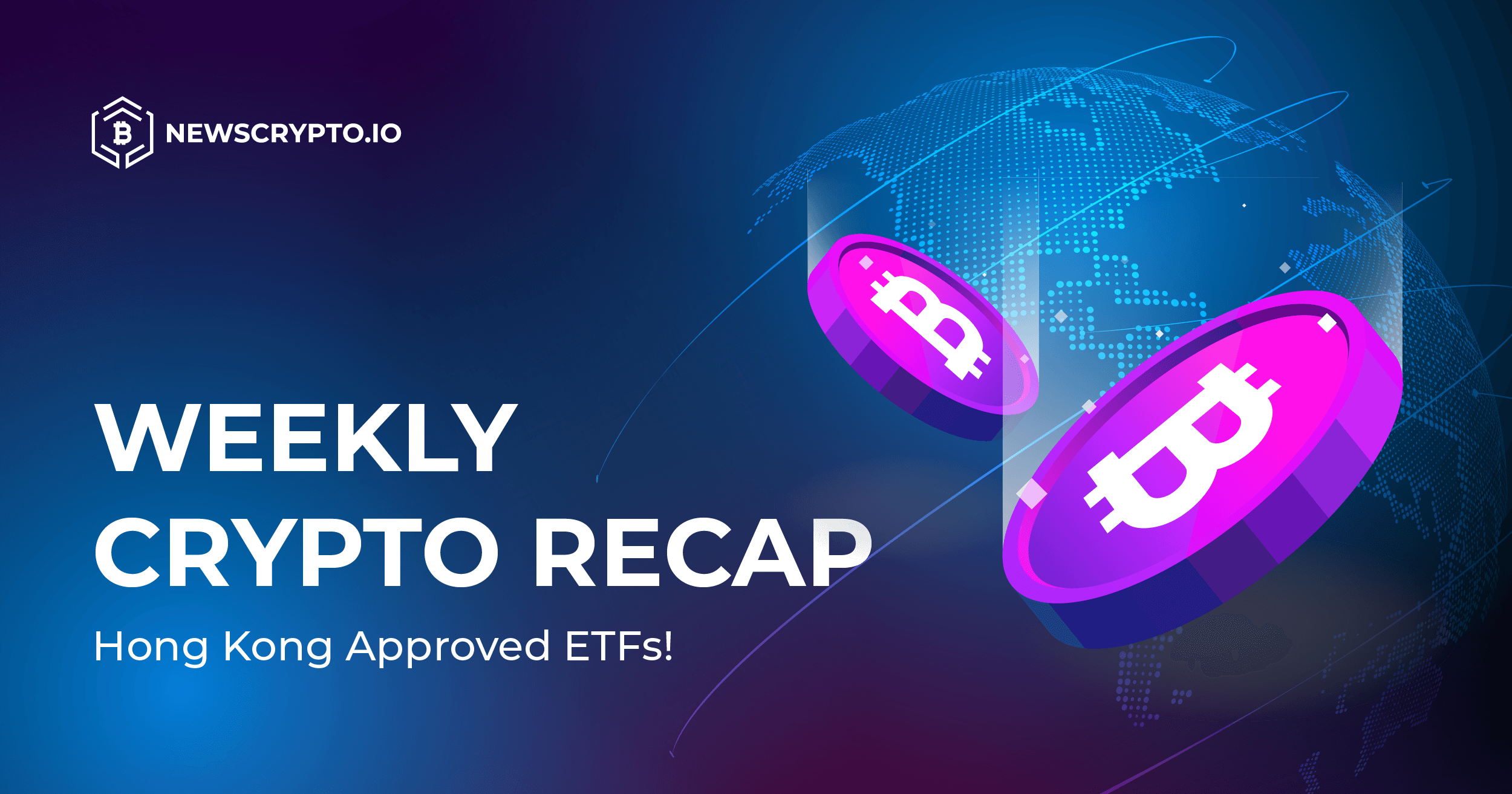Last week Wyoming announced that they have approved the first legally recognized Decentralized Autonomous Organization, or DAO, in the United States.
This news was widely skipped over by most people, mainly due to the lack of understanding of what a DAO is and how it functions. Even when recording this week’s Weekly Crypto Report, I covered this news article and tried to briefly explain what a DAO is. While it is hard to explain what a DAO is and why it is important in 10 seconds, this How To Crypto Report is the perfect opportunity to dig deeper to help everyone understand it better.

The developing cryptocurrency and blockchain evolution is primed to disrupt many sectors of the world and governance is what a DAO can revolutionize. A blockchain can enable the creation of organizations that can run autonomously without a need for a central entity to control it. Now let’s dig deeper into what exactly a DAO is.
A Decentralized Autonomous Organization, or DAO is an open source blockchain protocol that is governed by a set of rules. These rules are created by elected members of the network, and then the rules can execute certain actions automatically without any need for intermediaries. The rules that are in essence baked into the code and executed by itself depending on how the protocol progresses.
There is no need for any human interaction to interpret when these rules and ensuing actions should be executed. Both rules and actions are recorded on a blockchain ledger which is open source and able to be viewed by anyone. The immutability of a blockchain allows for the data to be time stamped and secure, and give assurance that the data stored of the rules and actions have not been altered or tampered with.
In essence, this gives a company or organization the ability to fully function without any type of hierarchical management structure. The community is given the power to shape the DAO and how it operates. A DAO is launched using a smart contract or set of smart contracts. The DAO itself is conducted by these smart contracts and governed by the work and voting of the community members. This framework can allow for completely new business models where various activities can be carried out in an automated and decentralized manner. Business models that may have failed historically due to high payroll and other operational costs now have the potential to thrive with a string of automation from the DAO.
Also, the less human behavior is required, the less risk there is from corrupted human interactions. DAOs solve something known as the principal-agent dilemma. When a persona has the power to make decisions and take actions on behalf of a person or entity, the agent can be motivated to act on their own interests which may conflict with what is best for those who it is acting on behalf of. A solid DAO concept has strong incentives built into it to ensure that those in the community act in the best interest of the DAO to allow it to operate in a decentralized manner.
Now, let us look at some use cases that would be beneficial for a DAO to be utilized. The issuance of tokens based on the community needs, and also ability to burn tokens based on those same community actions is one of the first use cases we’ve seen. The supply can increase as the community usage grows to keep up with demand and can contract if usage lessens. DAOs can also be used to create social media platforms, news platforms, decentralized venture funds, and even car rentals and ridesharing systems, which could incorporate the Internet of Things(IOT) that allows items to communicate and even identify when service is needed, and then be scheduled automatically.
There is even a DAO that is a decentralized fund that invests as a group in NFTs to buy and hold rare NFTs with the hopes of the group profiting from the rise in value. The Bitcoin network, itself, can even be considered a DAO in the way it has developed and evolved. Many aspects of insurance companies can be replaced with DAOs to automate the policy issuance and claim payout, with community voting claim payout based on user’s own submissions of video or photo proof of loss. The ability to automate this process can drastically speed up a process that has been plagued over time with bureaucratic and corporate roadblocks. There is even a DAO that collects and shares data points of many of the DAOs in the ecosystem, called DeepDAO, https://deepdao.substack.com/.
If this is a topic that you would like to know more about, follow DeepDAO to learn more about many of the developments in the DAO space. Use cases are constantly being identified and built so this space will evolve quickly. Doing your own research before investing in a DAO or buying governance tokens is an important step. While decentralization has the potential to revolutionize many aspects of our world and business, there are points of centralization in a DAO, especially in the early launch of a DAO. Smart contracts could have a flaw or exploit in the code that could allow the users’ locked funds to be drained.
The first recognized DAO known simply as The Dao, experienced an attack where $60 million of the $150 million locked was drained. Despite this setback, development of the DAO space has pushed forward as many see the potential of this revolutionary technology. Audits and bug bounties on open sourced smart contracts allow many of these vulnerabilities to be caught before widespread implementation. No doubt you will be hearing more and more about different types of DAOs being rolled out so make sure you stay up to date with all the development in the DAO space.
Content written by Blockchain Wayne and NewsCrypto Team




